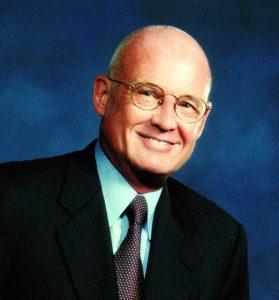Preparing for a recent superintendent coaching session, I fine-tuned the process that I’d developed several years ago for updating the Superintendent Governance Strategy. All really board-savvy superintendents know that governance (encompassing the work of the board and the board- superintendent partnership) is a preeminent chief executive function that can’t safely be delegated to one or more executive team members. During these early weeks of 2017, you’re well-advised to update your Superintendent Governance Strategy, ensuring that it reflects your board’s evolving composition, its changing capacity building needs, and the major new issues that you anticipate your board will be dealing with in the new year.
The first step in the process of updating your Superintendent Governance Strategy is to assess key facets of the governance function, wearing three chief executive “hats:” Chief Board Capacity Builder; Chief Governing Process Designer; and Chief Governing Relationship Manager. Here are some of the key questions you’ll need to ask in carrying out your governance assessment, wearing each of these hats:
Wearing the Chief Board Capacity Builder Hat
- Does your board’s “governing mission” – spelling out its key governing responsibilities – need to be updated?
- Does the process for orienting incoming board members need to be updated to make it more effective?
- Does your board’s process for managing its own governing performance need to be strengthened in the interest of stronger board governing accountability?
- How well are your board’s standing committees functioning, and does the structure need to be tweaked to make committees more effective governing engines?
Wearing the Chief Governing Process Designer Hat
- Does the process for engaging board members in one or more of the key governing areas (e.g., strategic planning; budget development; performance oversight and monitoring) need to be strengthened in order to generate stronger board ownership of its governing decisions and judgments?
Wearing the Chief Governing Relationship Manager Hat
- How might you go about strengthening board- superintendent communication and interaction?
- What do you need to do to cement your working relationship with your existing or new board president/chair?
- What can you do to provide board members with more robust non-monetary compensation (for example, more recognition in publications; stronger support in carrying out their speaking assignments on behalf of your district)?
With this assessment in hand, you’re now ready to update your Superintendent Governance Strategy, which will without question pay a handsome dividend in terms of a solid board- superintendent working relationship.






